Registration Open for the 2025 Chatham County Beekeeping School
The Chatham County Center of North Carolina Cooperative Extension, in partnership with the Chatham County Beekeepers’ Association (CCBA), is excited to announce that …



El inglés es el idioma de control de esta página. En la medida en que haya algún conflicto entre la traducción al inglés y la traducción, el inglés prevalece.
Al hacer clic en el enlace de traducción se activa un servicio de traducción gratuito para convertir la página al español. Al igual que con cualquier traducción por Internet, la conversión no es sensible al contexto y puede que no traduzca el texto en su significado original. NC State Extension no garantiza la exactitud del texto traducido. Por favor, tenga en cuenta que algunas aplicaciones y/o servicios pueden no funcionar como se espera cuando se traducen.
Inglês é o idioma de controle desta página. Na medida que haja algum conflito entre o texto original em Inglês e a tradução, o Inglês prevalece.
Ao clicar no link de tradução, um serviço gratuito de tradução será ativado para converter a página para o Português. Como em qualquer tradução pela internet, a conversão não é sensivel ao contexto e pode não ocorrer a tradução para o significado orginal. O serviço de Extensão da Carolina do Norte (NC State Extension) não garante a exatidão do texto traduzido. Por favor, observe que algumas funções ou serviços podem não funcionar como esperado após a tradução.
English is the controlling language of this page. To the extent there is any conflict between the English text and the translation, English controls.
Clicking on the translation link activates a free translation service to convert the page to Spanish. As with any Internet translation, the conversion is not context-sensitive and may not translate the text to its original meaning. NC State Extension does not guarantee the accuracy of the translated text. Please note that some applications and/or services may not function as expected when translated.
Collapse ▲The Chatham County Center of North Carolina Cooperative Extension, in partnership with the Chatham County Beekeepers’ Association (CCBA), is excited to announce that …
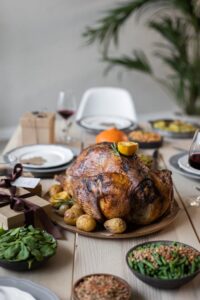
We’ve flown past Halloween and heading towards Thanksgiving and that big dinner. The turkey seems to be the biggest …
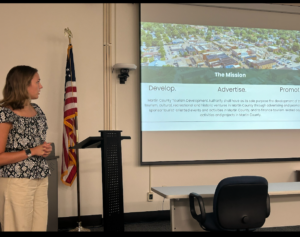
Written by Emily Prickett PRTM undergraduate student This past summer, I wanted to find a unique opportunity that would provide …
Join us for an informational webinar focused on reopening food businesses after a major flooding event. This webinar will …
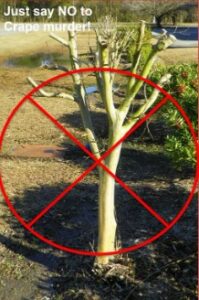
We frequently get questions from homeowners on planting and pruning: what, when, how. Join Cooperative Extension for a basic class on …
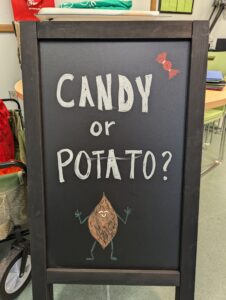
That’s what young trick-or-treaters were asked at the recent Brunswick County Fall Festival. What would you pick? Candy or …
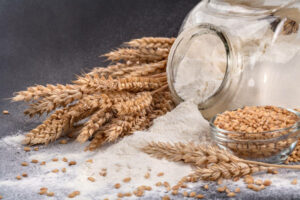
Don’t lick the beaters. I bet you’re saying “but we’ve always done it—and haven’t gotten sick.” I know you …
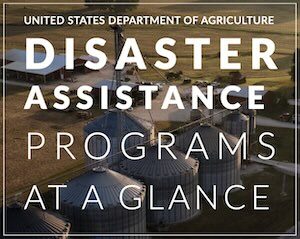
After a natural disaster, the USDA is one source of aid for impacted farmers. The USDA offers disaster assistance …
The widespread flooding associated with Hurricane Helene has created a situation where well water and water from springs, may …
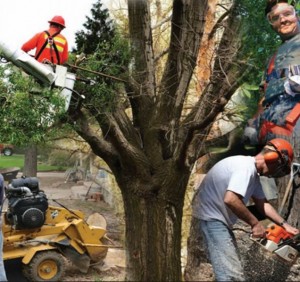
Recent snow and ice storms have caused extensive damage to trees. Consider hiring a certified arborist to help assess …

It’s notable that 27.5% of adults aged 50 and older reported participating in no physical activity outside of work. …
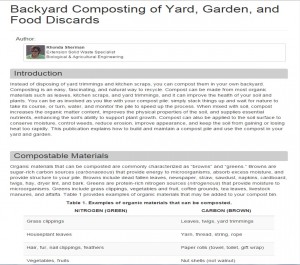
Instead of disposing of yard trimmings and kitchen scraps, you can compost them in your own backyard. Composting is an …

Professional credentialing is important in the growing field of therapeutic horticulture and horticultural therapy, but it’s easy to get …

High school students across the state are invited to participate in a pilot externship on Global Agriculture Research with …

Navigating federal aid programs after a major storm or natural disaster can sometimes be challenging. The following factsheets based on …
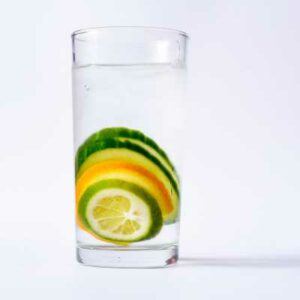
We hear more and more about the importance of good hydration and drinking water. This is important for our overall …
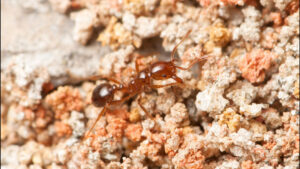
[Download a PDF version of this post.] The imported fire ant (Solenopsis invicta; IFA) is a federally regulated invasive species …

Resources for Tourism Organizations, Businesses and Workforce Below we have aggregated resources from partners keeping up-to-date information about resources and …

The following is an excerpt from “Getting a Recovery Foothold in the N.C. Mountains,” written by Tim Peeler for …

Hurricane Helene caused significant damage to forest and timberland through high winds and especially flooding in many areas of …
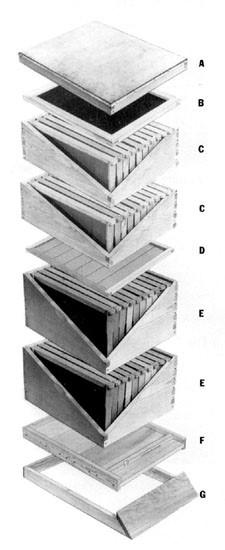
Beekeeping is a very enjoyable and rewarding pastime that is relatively inexpensive to get started. …
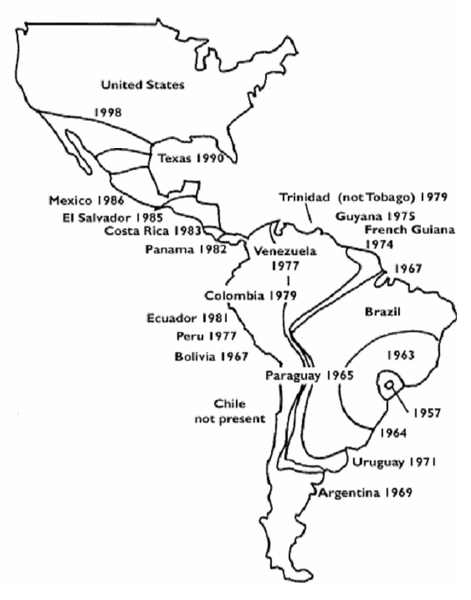
This factsheet outlines the history, movement, distribution, and present status of the Africanized honey bee …
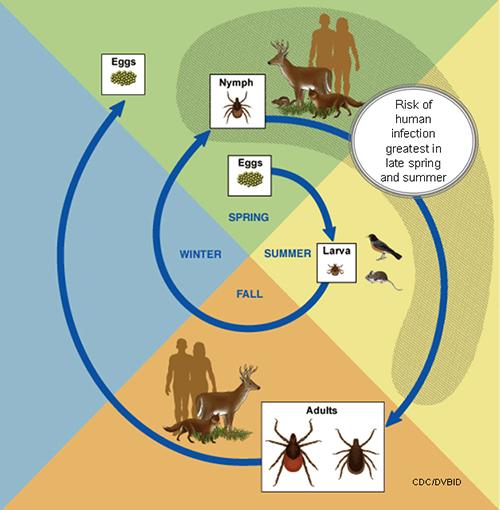
This publication will help you identify the several species of ticks found in North Carolina …

The Varroa mite is the greatest problem facing bees and beekeepers. This factsheet describes one …
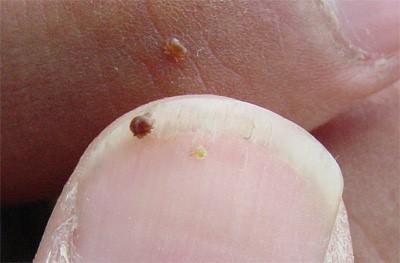
It is the goal of every beekeeper to maintain healthy, productive colonies. This can only …
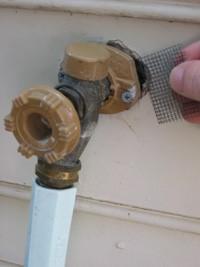
This factsheet provides basic information about prevention and control of Africanized honey bees prior to …
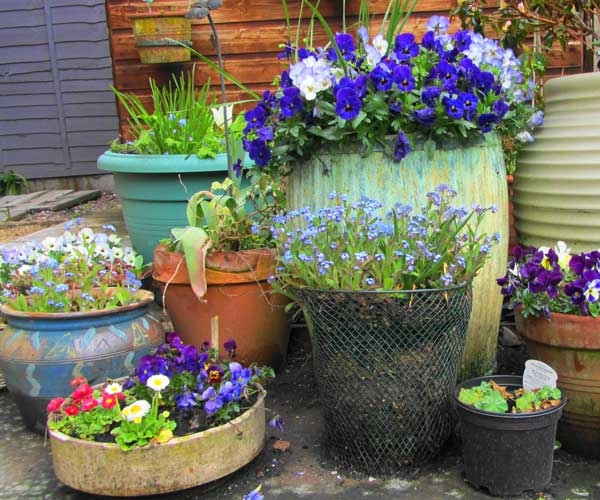
In this publication you will find ideas to get you started growing your own edibles. …

This publication discusses the perspectives of locals in the North Carolina Triad with regard to …